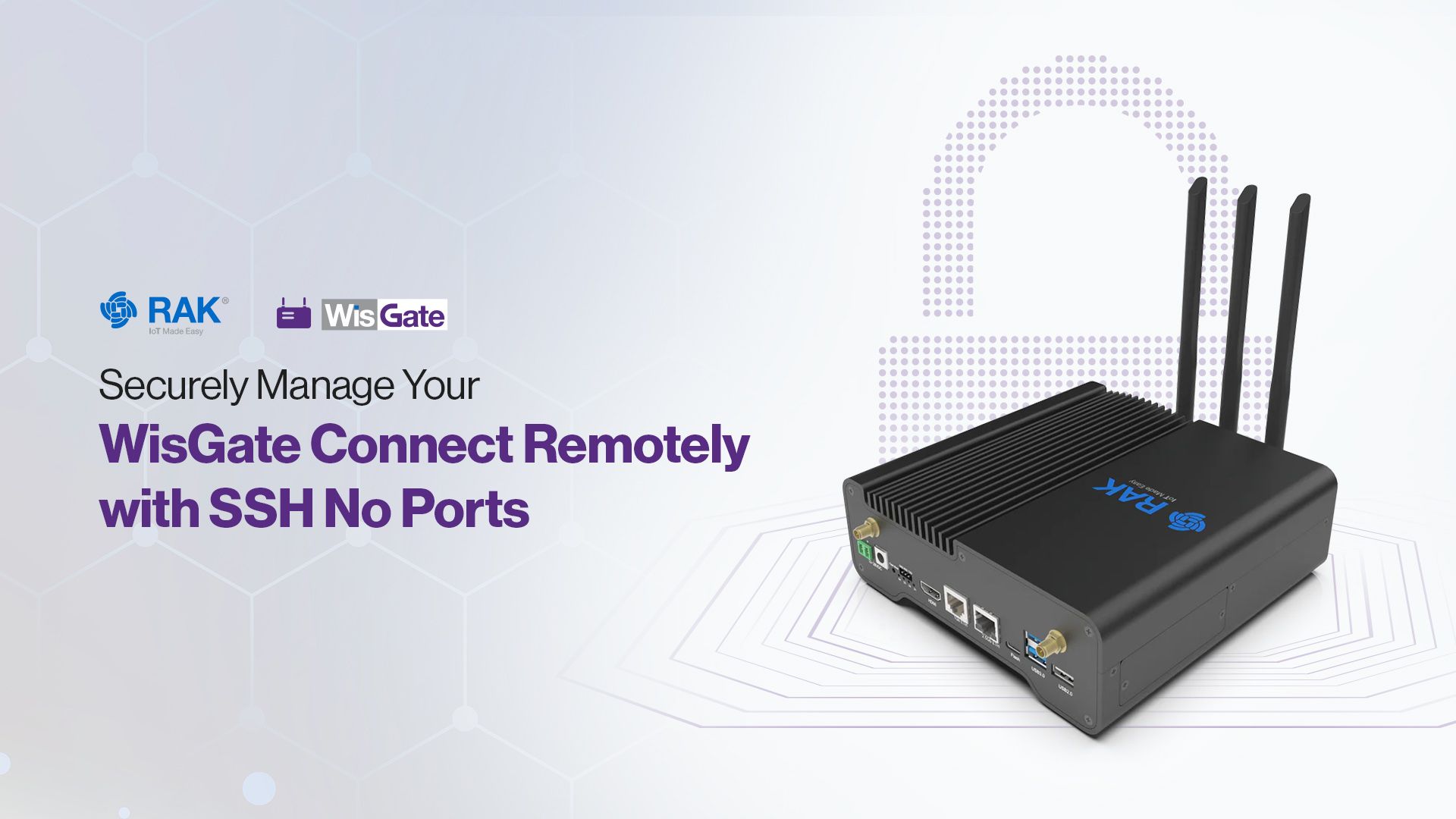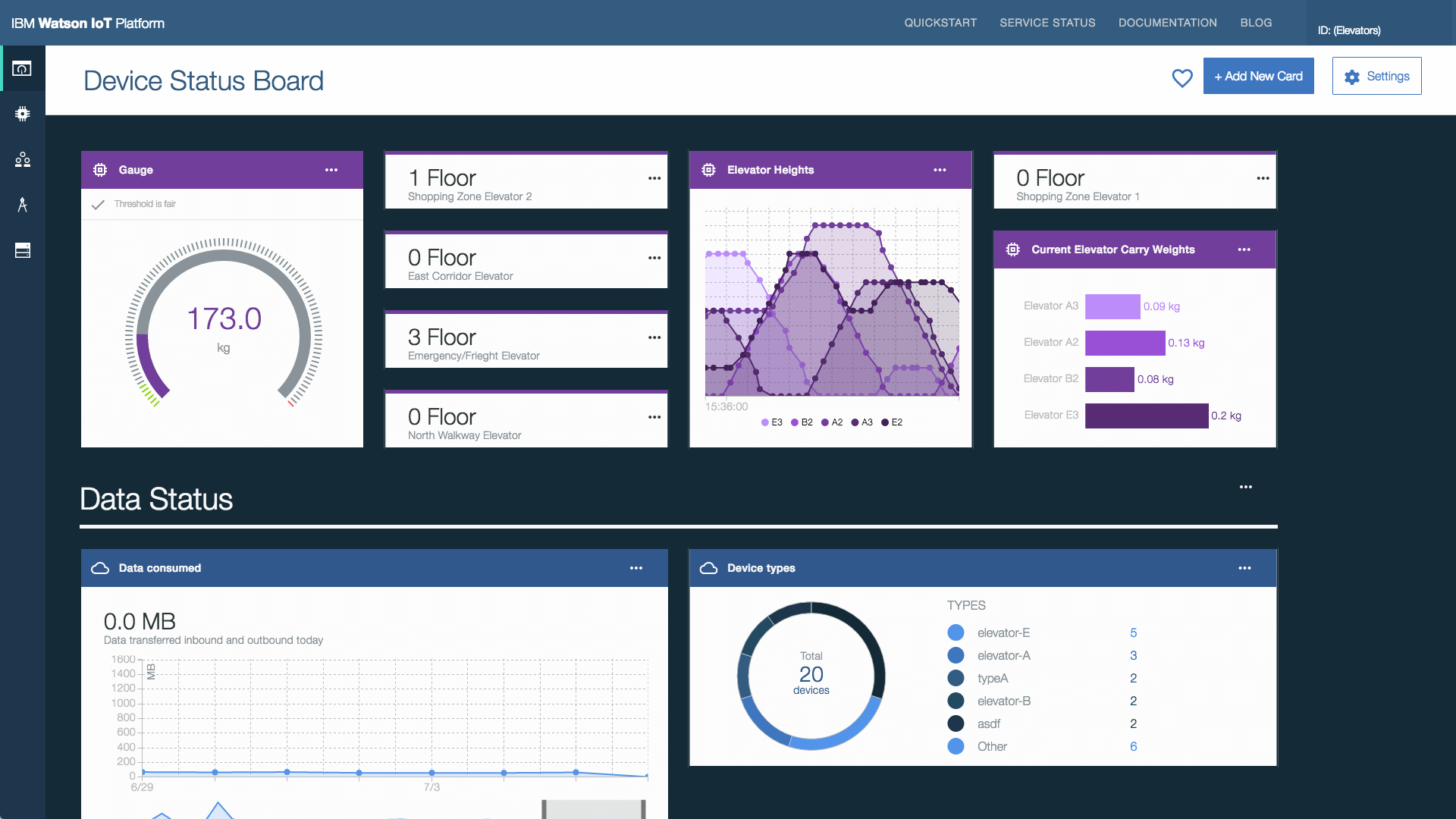Hey there, tech enthusiasts! If you've been diving deep into the world of IoT (Internet of Things) and remote access, chances are you've stumbled upon the term "remote IoT SSH free download." But hold up, because this isn't just another buzzword. This is your golden ticket to managing your IoT devices from anywhere in the world, without breaking the bank. Whether you're a hobbyist tinkering with smart home gadgets or a professional handling complex industrial systems, understanding SSH and its role in IoT can be a game-changer. So, let's get started and unravel the mysteries behind this powerful tool!
In today's fast-paced digital world, connectivity is king. IoT devices are everywhere, from your smart fridge to industrial sensors monitoring critical infrastructure. However, managing these devices remotely can be a challenge, especially if you're on a tight budget. Enter SSH (Secure Shell), a protocol that allows you to securely access and control remote devices over a network. The best part? You can do it all without spending a dime, thanks to the availability of free SSH clients and tools. Let's explore how you can harness this power and take your IoT projects to the next level.
Before we dive deeper, it's important to note that while SSH is a powerful tool, it's not without its challenges. Security concerns, compatibility issues, and the learning curve associated with setting up remote access can be daunting. But fear not, because this article is here to guide you every step of the way. By the end of it, you'll be equipped with the knowledge and tools to confidently manage your IoT devices remotely. So, buckle up and let's get started!
- Unveiling The Digital Frontier Navigating The Legitimate And Illicit Realms Of Online Movie Streaming
- Unveiling The Hidden Costs Of Illegal Streaming A Deep Dive Into The World Of Piracy
What is Remote IoT SSH and Why Should You Care?
Alright, let's break it down. SSH, or Secure Shell, is essentially a network protocol that allows you to securely connect to a remote device. In the context of IoT, this means you can control and manage your IoT devices from anywhere in the world, as long as you have an internet connection. Think of it like having a virtual handshake with your devices, ensuring that your commands are executed securely and efficiently.
So, why should you care? Well, in today's interconnected world, the ability to manage your IoT devices remotely is not just a convenience; it's a necessity. Whether you're troubleshooting a smart home device or monitoring industrial sensors, having remote access can save you time, money, and a lot of headaches. Plus, with the growing number of IoT devices, the demand for secure and efficient remote management solutions is only going to increase. And guess what? SSH is here to help!
Understanding the Basics of SSH
Now that we've established why SSH is important, let's take a closer look at how it works. At its core, SSH uses encryption to secure the communication between your device and the remote server. This means that even if someone intercepts your data, they won't be able to make sense of it without the decryption key. Pretty cool, right?
- Exploring The Depths Of Malayalam Cinema A Journey Through Love Betrayal And Cultural Identity
- Unveiling The Shadows The Hidden Dangers Of Illegal Downloads
Another important aspect of SSH is its ability to authenticate users. This ensures that only authorized individuals can access your IoT devices, adding an extra layer of security. Whether you're using password-based authentication or public key authentication, SSH has got you covered. So, whether you're a tech-savvy individual or just starting out, understanding the basics of SSH is essential for anyone looking to manage IoT devices remotely.
Benefits of Using SSH for Remote IoT Access
Let's talk about the perks of using SSH for remote IoT access. First and foremost, security. SSH is widely regarded as one of the most secure protocols for remote access, thanks to its robust encryption and authentication mechanisms. This means you can rest easy knowing that your IoT devices are protected from unauthorized access and potential cyber threats.
Another benefit is efficiency. With SSH, you can execute commands and transfer files between your local and remote devices with ease. This can significantly streamline your workflow, especially if you're managing multiple IoT devices. Plus, SSH is compatible with a wide range of devices and operating systems, making it a versatile tool for any IoT project.
Key Features of SSH for IoT
- Secure communication through encryption
- Robust user authentication
- Efficient command execution and file transfer
- Compatibility with various devices and operating systems
These features make SSH an ideal choice for anyone looking to manage IoT devices remotely. Whether you're a hobbyist or a professional, SSH offers the security and efficiency you need to take your IoT projects to the next level.
How to Set Up Remote IoT SSH Free Download
Now that we've covered the basics and benefits of SSH, let's talk about how you can set it up for your IoT devices. The good news is that there are plenty of free SSH clients and tools available that make the process a breeze. Whether you're using Windows, macOS, or Linux, there's an SSH client out there that suits your needs.
One of the most popular SSH clients is PuTTY, which is available for free and offers a user-friendly interface. Another great option is OpenSSH, which is pre-installed on many Linux and macOS systems. These tools allow you to establish a secure connection to your IoT devices with just a few clicks.
Step-by-Step Guide to Setting Up SSH
- Choose an SSH client that suits your operating system
- Install the client and configure the necessary settings
- Connect to your IoT device using the device's IP address
- Authenticate using your credentials or public key
- Start managing your IoT device remotely
Following these steps will have you up and running in no time. And the best part? You won't have to spend a penny, thanks to the availability of free SSH clients and tools.
Top SSH Clients for Remote IoT Access
When it comes to choosing an SSH client for remote IoT access, there are plenty of options to choose from. Here are some of the top SSH clients that are both free and highly regarded in the tech community:
- PuTTY: A popular choice for Windows users, offering a simple and user-friendly interface
- OpenSSH: Pre-installed on many Linux and macOS systems, offering a powerful command-line interface
- Termius: A cross-platform SSH client that supports Windows, macOS, Linux, iOS, and Android
- Bitvise SSH Client: A feature-rich client that offers both free and paid versions
Each of these clients has its own strengths and weaknesses, so it's important to choose one that suits your specific needs and preferences. Whether you're looking for a simple interface or advanced features, there's an SSH client out there that's perfect for you.
Security Considerations for Remote IoT SSH
While SSH is a powerful tool for remote IoT access, it's important to keep security in mind. Here are some best practices to ensure that your IoT devices are protected:
- Use strong passwords or public key authentication
- Enable two-factor authentication for added security
- Regularly update your SSH client and server software
- Monitor your SSH logs for any suspicious activity
By following these best practices, you can significantly reduce the risk of unauthorized access and potential cyber threats. Remember, security should always be a top priority when managing IoT devices remotely.
Common Security Threats to Watch Out For
Some of the most common security threats to watch out for include brute-force attacks, man-in-the-middle attacks, and unauthorized access attempts. By staying vigilant and implementing the best practices mentioned above, you can protect your IoT devices from these threats and ensure that your remote access remains secure.
Future Trends in Remote IoT SSH
As the IoT landscape continues to evolve, so too does the role of SSH in remote access. Some of the future trends to watch out for include:
- Increased adoption of quantum-resistant encryption
- Integration with AI and machine learning for enhanced security
- Development of new protocols and standards for IoT security
These trends highlight the importance of staying up-to-date with the latest developments in IoT and remote access technologies. By keeping an eye on these trends, you can ensure that your IoT projects remain secure and efficient in the years to come.
Conclusion
And there you have it, folks! Remote IoT SSH free download is not just a convenient solution for managing IoT devices remotely; it's a necessity in today's interconnected world. By understanding the basics of SSH, choosing the right client, and implementing best practices for security, you can take your IoT projects to the next level.
So, what are you waiting for? Dive in and start exploring the world of remote IoT SSH. And don't forget to share your experiences and insights in the comments below. Let's keep the conversation going and help each other grow in the world of IoT and remote access!
Table of Contents
- Unraveling The Dark Side Of Movierulz A Deep Dive Into The World Of Film Piracy
- The Enigmatic Rise Of Lacykim A Deep Dive Into Aigenerated Personas In The Digital Age


